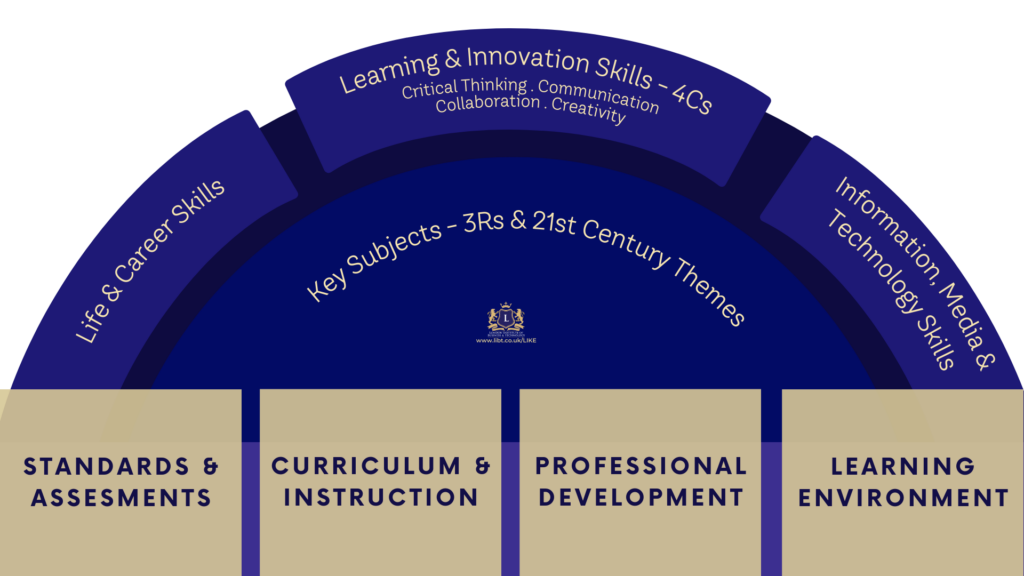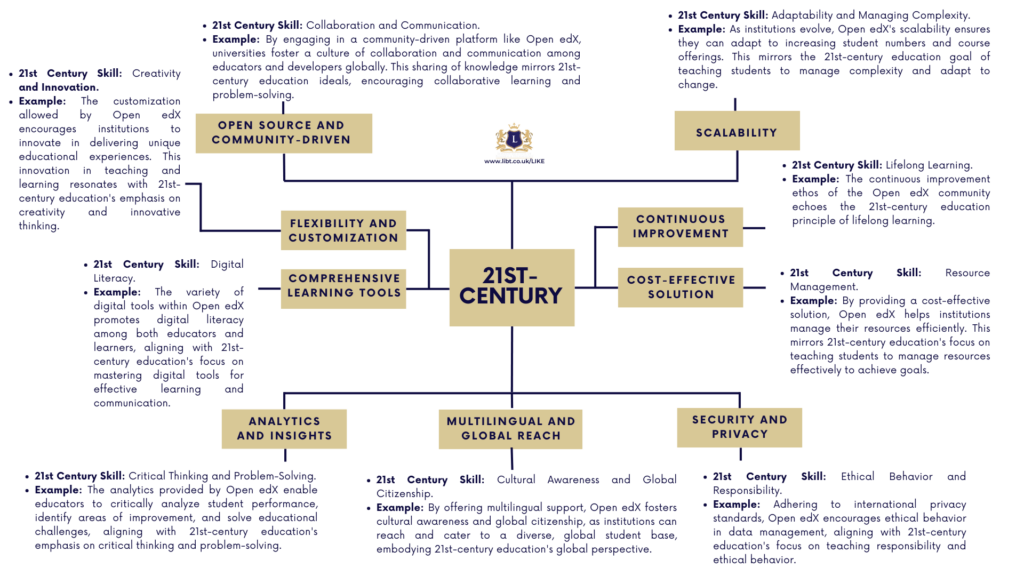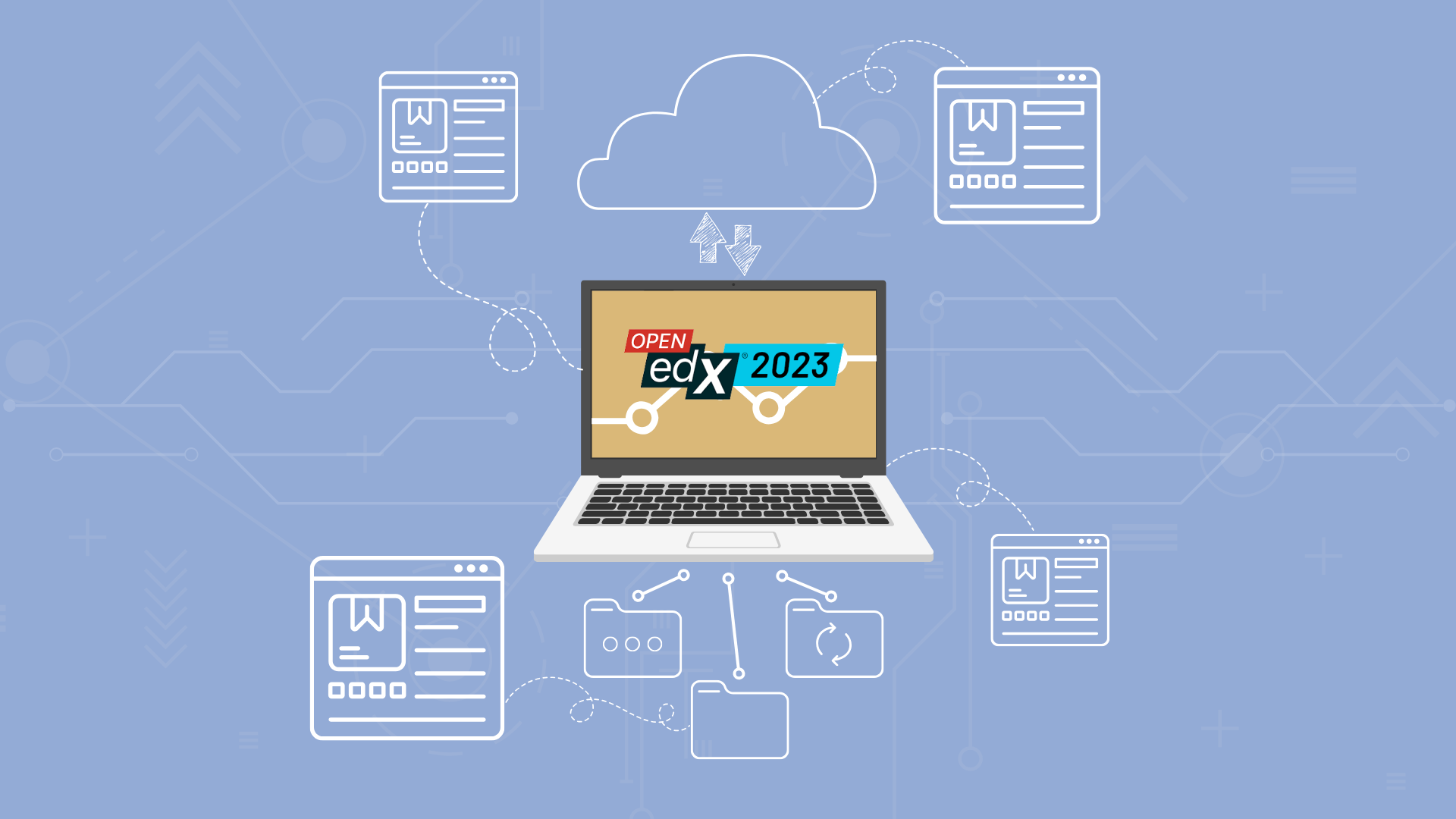Open edX is a widely acknowledged, open-source platform designed for creating, delivering, and managing online courses and learning initiatives. It was created by Harvard University and MIT in 2012, and it powers edX, which is a massive open online course (MOOC) provider that hosts online courses from higher education institutions worldwide. The term “open” in Open edX signifies that the software is open-source, meaning its codebase is freely available to the public. This enables developers to inspect, modify, and enhance the platform to better suit their needs or to contribute to the larger community by providing bug fixes, new features, or improvements.
With the increasing demand for online learning platforms, open-source Learning Management Systems (LMS) have gained prominence. Among the various options available, Open edX stands out as one of the most powerful and versatile open-source LMS solutions. In this article, we’ll explore what makes Open edX the preferred choice for many institutions and organizations around the world. Now why do we at LIKE Centre believe that Open EdX is the most powerful Open Source Learning Management System (LMS)?

The Open edX Advantage
1. Open Source and Community-Driven:
Open edX, being an open-source platform, promotes a collaborative ecosystem that is integral for the advancement of educational technologies in higher education. For instance, a university can leverage the collective knowledge and contributions of the global community to enhance and customize its e-learning platforms. The beauty of this approach lies in the community-driven continuous improvement; as educators from around the world can share their customizations, modules, or plugins, which others might find beneficial. Furthermore, being part of such a community allows institutions to stay abreast of the latest educational technology trends and best practices. For example, a university might incorporate newly developed features or improvements made by other institutions, thereby enriching its own e-learning offerings.
2. Scalability:
Open edX’s scalability feature is a boon for higher education institutions as they expand their online education offerings. For instance, a university starting with a modest online course offering can easily scale up as the demand grows, without the need for changing the platform. It’s particularly advantageous for institutions planning to offer Massive Open Online Courses (MOOCs) which could potentially cater to tens or even hundreds of thousands of learners. Moreover, the platform’s capability to handle a substantial number of concurrent users without compromising performance is critical for large institutions and those intending to provide corporate training programs where user traffic could be significantly high.
3. Flexibility and Customization:
The flexibility and customization capabilities of Open edX make it a valuable asset for higher education. Institutions have unique needs based on their curriculum, teaching methodologies, and the demographic they serve. For instance, a university might want to integrate a particular third-party assessment tool or create a unique user interface that resonates with its brand identity. With Open edX, they can tailor the platform to meet these specific needs. Moreover, the ability to develop unique features means that institutions are not constrained by the original functionality of the platform; they can innovate and create new features that enhance the learning and teaching experience. For example, a business school could develop a custom simulation tool that integrates seamlessly with the Open edX platform, providing a unique learning experience that sets it apart from other institutions. This level of customization allows for a more personalized, engaging, and effective educational experience, aligning closely with the educational goals and ethos of the institution.
4. Comprehensive Learning Tools:
The suite of comprehensive learning tools in Open edX positions it as a robust platform for higher education institutions aiming to create rich, interactive learning experiences. For instance, a history course might utilize the discussion forums to foster discussion about different historical events, while a math course could leverage quizzes to test students’ understanding of concepts. The peer grading feature could be particularly useful in courses that emphasize peer learning and feedback, such as writing workshops. The various tools available allow for a multi-faceted learning environment that caters to diverse learning styles and subjects, thereby creating a more engaging and effective learning experience.
5. Analytics and Insights:
Harnessing the power of data analytics is fundamental in modern education to continuously enhance teaching and learning outcomes. For instance, a university using Open edX can analyze student performance on quizzes and assignments over time to identify areas where students may be struggling. Furthermore, these insights can inform course improvement, enabling educators to modify or augment content, assessment strategies, and provide targeted support to students. Such a data-driven approach allows for an iterative improvement in course design and delivery, ultimately contributing to better student success rates.
6. Multilingual and Global Reach:
The multilingual support in Open edX enables institutions to broaden their reach to a global audience. For example, a university in Europe can offer courses in multiple languages, catering to a diverse student base spread across different geographies. This feature eliminates language barriers, thus promoting inclusive education. Additionally, the cultural adaptability ensures that the content resonates with a broad spectrum of learners, making education more accessible and meaningful across different cultural contexts.
7. Security and Privacy:
Security and privacy are paramount, especially in a domain as sensitive as education where personal and academic data are handled. Open edX’s strong security features and adherence to international privacy standards instill confidence in institutions that their and their learners’ data will be well-protected. For instance, a university handling sensitive information can trust that the platform has robust measures in place to prevent data breaches and comply with privacy laws. This level of security and privacy assurance is critical for both institutions and learners, and facilitates a safe, secure learning environment.
8. Cost-Effective Solution:
Open edX proves to be a cost-effective solution especially beneficial for higher education institutions operating under budget constraints. The absence of licensing fees significantly reduces the total cost of ownership. For instance, a small community college might opt to use Open edX to provide additional online courses without incurring the heavy licensing fees that other platforms might charge. Furthermore, the flexibility to host the platform on either local servers or in the cloud gives institutions control over their infrastructure costs. This cost-effectiveness extends the reach of educational resources, making education more accessible to a wider audience without compromising on quality.
9. Continuous Improvement:
The ethos of continuous improvement within the Open edX community resonates well with the dynamic nature of higher education, where staying abreast of pedagogical and technological advancements is crucial. For example, a university aiming to provide state-of-the-art online learning experiences can benefit from regular updates that introduce new features or improve existing ones. The contributions from a global community foster a culture of innovation and shared learning, which could lead to the development of new teaching tools, enhanced analytics, or better user interfaces. This continuous improvement ensures that education providers can offer modern, effective, and engaging learning experiences, thus continuously elevating the standard of education delivered.
21st Century Education Framework
The design of Open edX is inherently adaptive to the 21st-century educational framework which emphasizes collaborative learning, global citizenship, and digital literacy. Its open-source, community-driven ethos fosters a global collaborative environment that resonates with the 21st-century skill of collaboration and communication. Moreover, its multilingual support and global reach are pivotal in nurturing global citizenship and cultural awareness. The comprehensive digital tools within Open edX not only facilitate interactive and engaging learning experiences but also promote digital literacy, a critical competency in the 21st century. Furthermore, the robust analytics and insights derived from Open edX empower educators with data-driven decision-making, aligning with the 21st-century emphasis on critical thinking and problem-solving. Its scalability and continuous improvement echo the 21st-century education ethos of adaptability and lifelong learning. Therefore, the synergy of Open edX with 21st-century education principles, coupled with its flexibility, cost-effectiveness, and strong community support, substantiates our assertion at LIKE Centre in LIBT regarding its unparalleled stature in the open-source LMS landscape.

In Conclusion
Open edX is not just a learning management system; it’s an educational ecosystem that empowers institutions, educators, and learners. Its open-source nature, flexibility, scalability, and extensive feature set make it a robust choice for anyone looking to create and deliver impactful online education. As the world continues to embrace digital learning, Open edX remains at the forefront, driving innovation and expanding access to quality education for all. If you’re seeking a powerful open-source LMS to transform your educational initiatives, Open edX should be at the top of your list.







Leave a Reply
You must be logged in to post a comment.